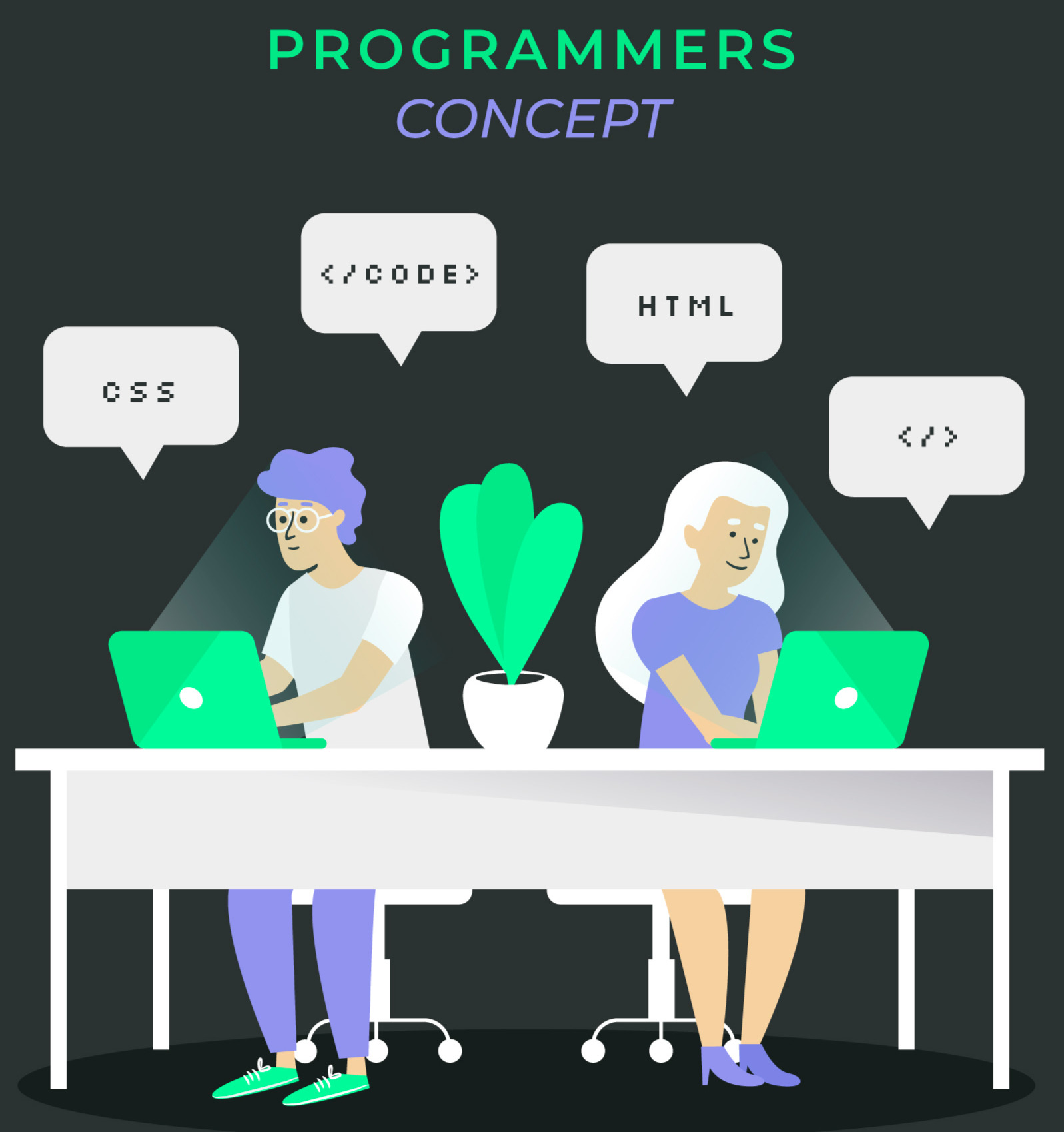The Pros and Cons of Label Encoding in Python
 Perfect eLearning
Perfect eLearningA simple yet powerful technique for converting categorical data to numerical data in Python, with its pros and cons.

1. Introduction
In the realm of data analysis and machine learning, data often comes in various forms, and some of it is categorical. Categorical data consists of distinct categories or labels, such as colors, gender, or vehicle types. To work with this data effectively, we need to convert it into a numerical format. This is where label encoding comes into play.
2. Understanding Categorical Data
Categorical data can be divided into two main types: nominal and ordinal. Nominal data has categories with no inherent order or ranking, like colors. Ordinal data, on the other hand, has categories with a specific order or hierarchy, like education levels.
3. What is Label Encoding?
Label encoding is a technique in Python that assigns a unique numerical value to each category in a categorical variable. It is a straightforward process where each category is mapped to a unique integer. For example, if we have a "Gender" column with values "Male" and "Female," we can label encode it as 0 and 1, respectively.
4. The Pros of Label Encoding
Improved Model Performance
One of the significant advantages of label encoding is that it can improve the performance of machine learning models. Most algorithms work with numerical data, so converting categorical data into numerical form allows models to process the information more effectively.
Simplicity and Efficiency
Label encoding is simple to implement and computationally efficient. It doesn't add complexity to the dataset and is suitable for situations where you have a large number of categories.
Suitable for Ordinal Data
Label encoding is particularly useful for ordinal data where there is a clear order among the categories. It preserves the ordinal relationship, which can be crucial in certain analyses.
5. The Cons of Label Encoding
Loss of Information
One of the significant drawbacks of label encoding is the potential loss of information. By assigning numerical values to categories, we introduce the notion of order, which may not exist in nominal data. This can mislead machine learning algorithms.
Misleading Model Interpretations
Label encoding can lead to misleading model interpretations. For instance, if we encode "Red" as 1 and "Blue" as 2, the algorithm may interpret this as a meaningful order when, in reality, there isn't any.
Impact on Algorithm Behavior
Some machine learning algorithms may exhibit undesirable behavior when presented with label-encoded data. They might assume a linear relationship between the encoded values, which can be problematic.
6. Best Practices for Label Encoding
To mitigate the cons of label encoding, it's essential to use it wisely. Some best practices include:
Reserve label encoding for ordinal data.
Consider one-hot encoding for nominal data.
Use appropriate algorithms that can handle label-encoded data.
7. Alternatives to Label Encoding
In scenarios where label encoding isn't suitable, alternatives like one-hot encoding and target encoding can be employed. These methods have their own advantages and disadvantages, depending on the data and the problem at hand.
Conclusion
Label encoding in Python can be a valuable tool in data preprocessing, especially when dealing with ordinal data. However, it's crucial to be aware of its limitations and potential pitfalls. By understanding the pros and cons of label encoding, you can make informed decisions on how to handle categorical data in your machine learning projects.
FAQs (Frequently Asked Questions)
Q1: Is label encoding suitable for all types of categorical data?
A1: Label encoding is most suitable for ordinal data, where there is a clear order among categories. For nominal data, one-hot encoding is often a better choice.
Q2: Can label encoding lead to biased model results?
A2: Yes, label encoding can lead to biased model results, especially when applied to nominal data. It can introduce a false sense of order that doesn't exist in the data.
Q3: Are there libraries in Python that can automate label encoding?
A3: Yes, libraries like scikit-learn provide functions to perform label encoding effortlessly.
Q4: What should I do if I'm unsure whether to use label encoding or one-hot encoding?
A4: Consider the nature of your data. If it's ordinal, label encoding may be suitable. If it's nominal or you're uncertain, one-hot encoding is a safer choice.
Q5: Are there alternatives to label encoding?
A5: Indeed, there are other fish in the sea! You can explore techniques like one-hot encoding, binary encoding, or even embeddings depending on your data and problem.
Subscribe to my newsletter
Read articles from Perfect eLearning directly inside your inbox. Subscribe to the newsletter, and don't miss out.
Written by

Perfect eLearning
Perfect eLearning
Perfect eLearning is providing you amazing IT courses with Live Projects, Learn now and Pay later option and 100% Placement Guarantee.